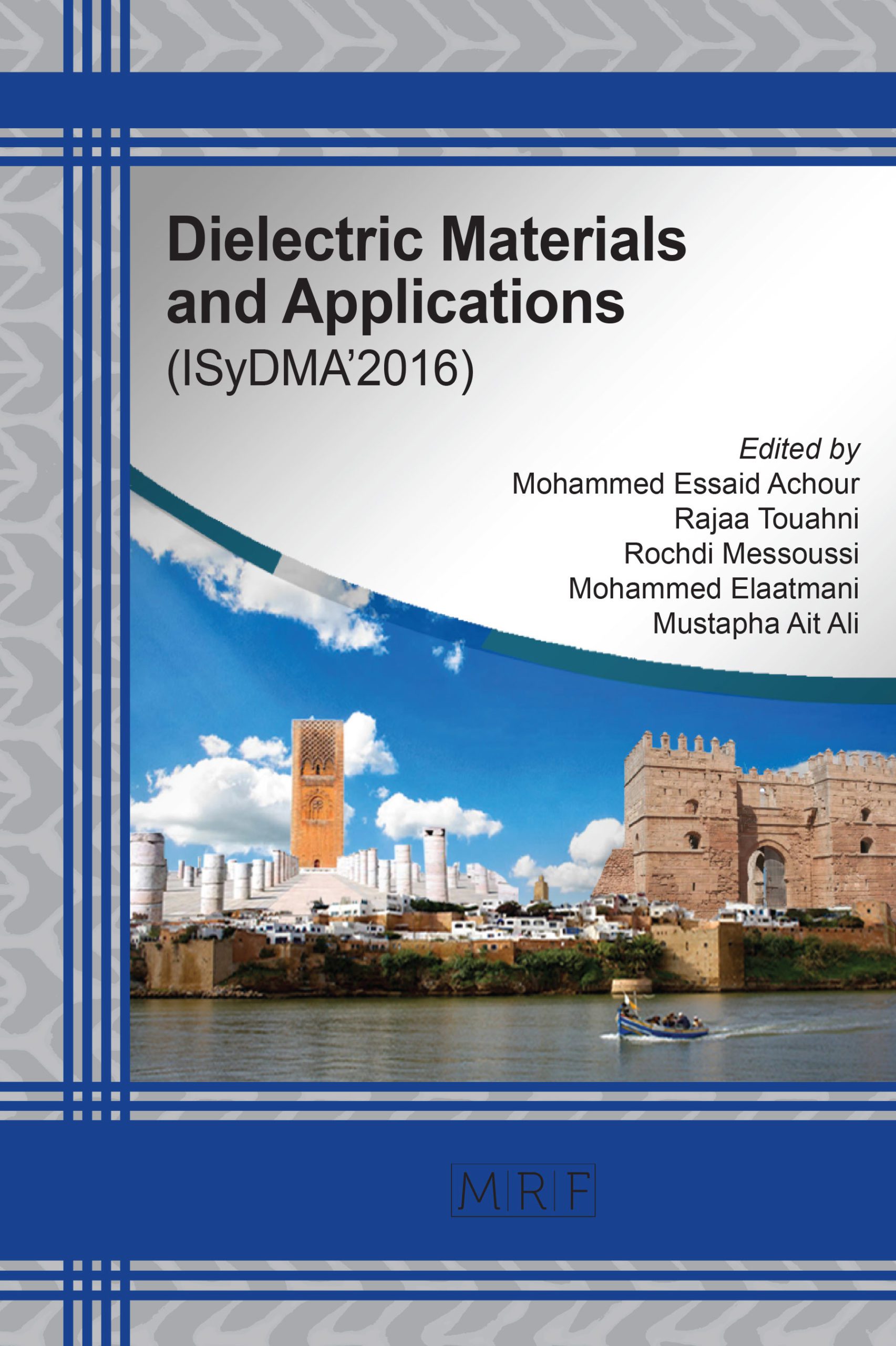A. SALBI, S. BRI
Abstract. The aim of this work is to suggest a new reliable solution of electro-stimulation system for various therapeutic applications like functional rehabilitation and athletics training. This solution consists in creating a similar signal to that arriving of the central nervous system (CNS) to provoke muscular contraction of the peripheral nervous system (PNS). Thus, an electronic circuit is designed to generate a train of biphasic electrical rectangular pulses, which pulse width and frequency defined by the user. These stimuli allow muscular contraction of all types of muscular fibers by specifying the corresponding level of stimulation intensity. This stimulator system is composed of a clock, an inverter and a logical sequencer which shifts the clock signal. The stage of power permits to adapt the signals arrived on a transformer booster coupled to a command stage to regulate the amplitude of the impulse. We added a graphical user interface (GUI) to simplify control and to adapt the stimulator to various medical applications by changing stimulation parameters.
Keywords
Electro-Stimulation System, Functional Rehabilitation, Muscular Contraction
Published online 12/10/2016, 4 pages
Copyright © 2016 by the author(s)
Published under license by Materials Research Forum LLC., Millersville PA, USA
Citation: A. SALBI, S. BRI, ‘Stimulator interface control for various electrotherapy applications’, Materials Research Proceedings, Vol. 1, pp 214-217, 2016
DOI: http://dx.doi.org/10.21741/9781945291197-53
The article was published as article 53 of the book Dielectric Materials and Applications
References
[1] A. Salbi and S. Bri, “Conception of Electro-Stimulation System”, International Journal of Engineering and Technology (IJET), vol. 6, 5, pp. 2136 – 2143, Oct-Nov 2014.
[2] F. Crépon, “Électrothérapie et physiothérapie: Applications en rééducation et réadaptation”, Elsevier Masson, 2012.
[3] D. Thomas and A. Killésith, “La stimulation électrique fonctionnelle, appareillage et technique de facilitation”, Ann. Kinésith. 5, pp. 437-447, 1978.
[4] J.-D. Techer et al., “New implantable stimulator for the FES of paralyzed muscles”, Solid-State Circuits Conference, 2004. http://dx.doi.org/10.1109/ESSCIR.2004.1356716
[5] P. Decherchi et al, “Électromyostimulation et récupération fonctionnelle d’un muscle dénervé”, Sci. Sports, vol. 18, 5, pp. 253 – 263, Oct. 2003. http://dx.doi.org/10.1016/S0765-1597(03)00144-8































